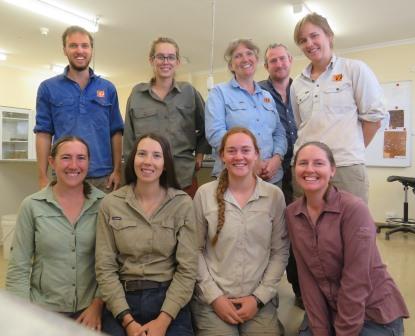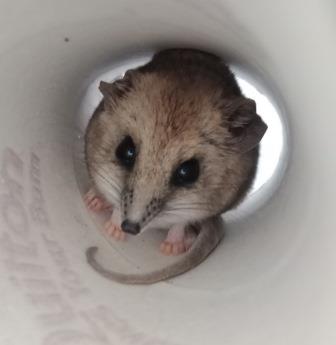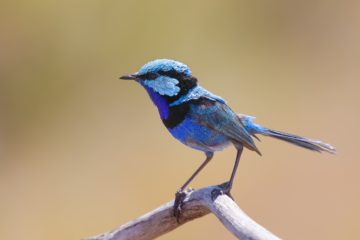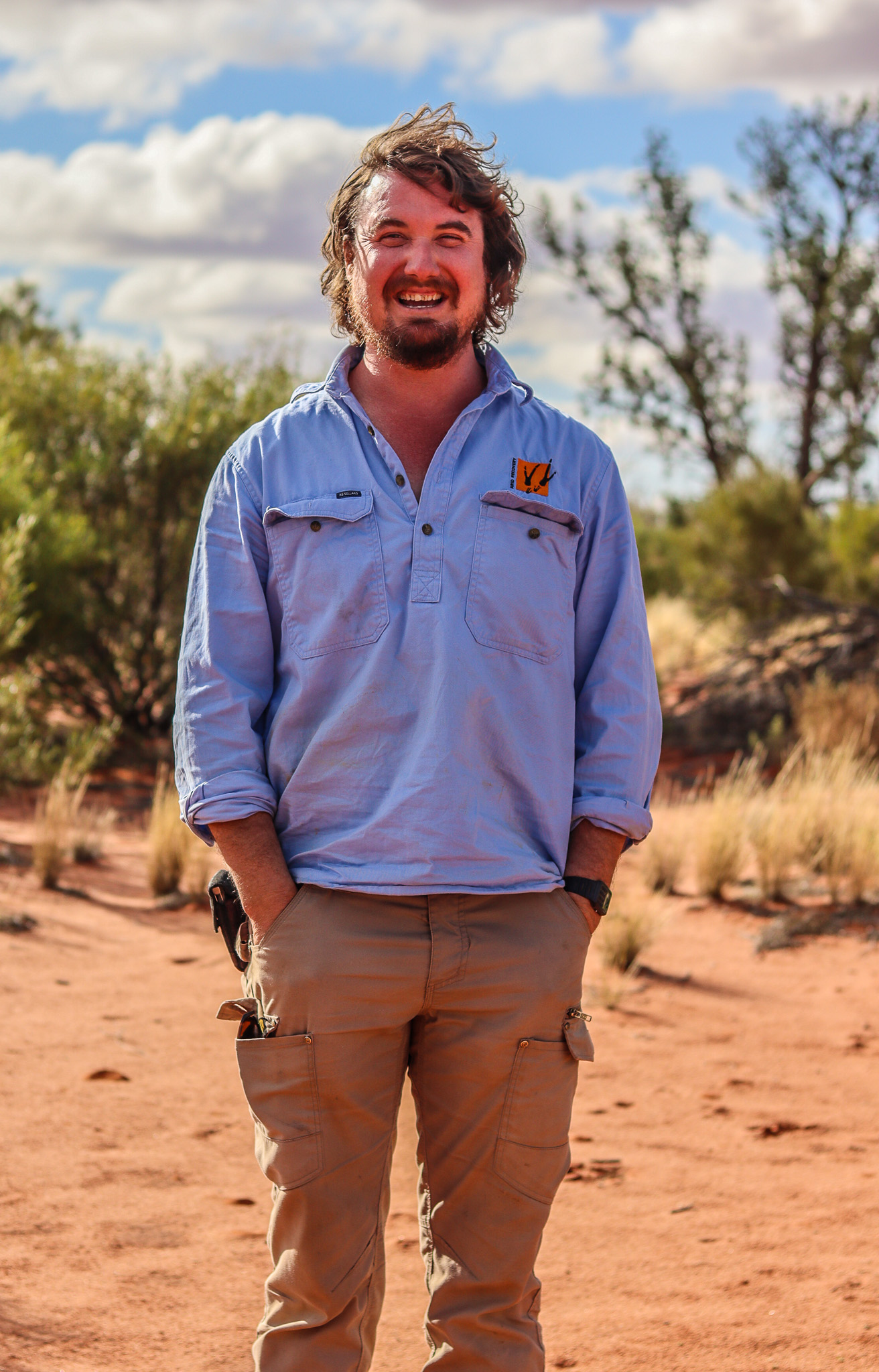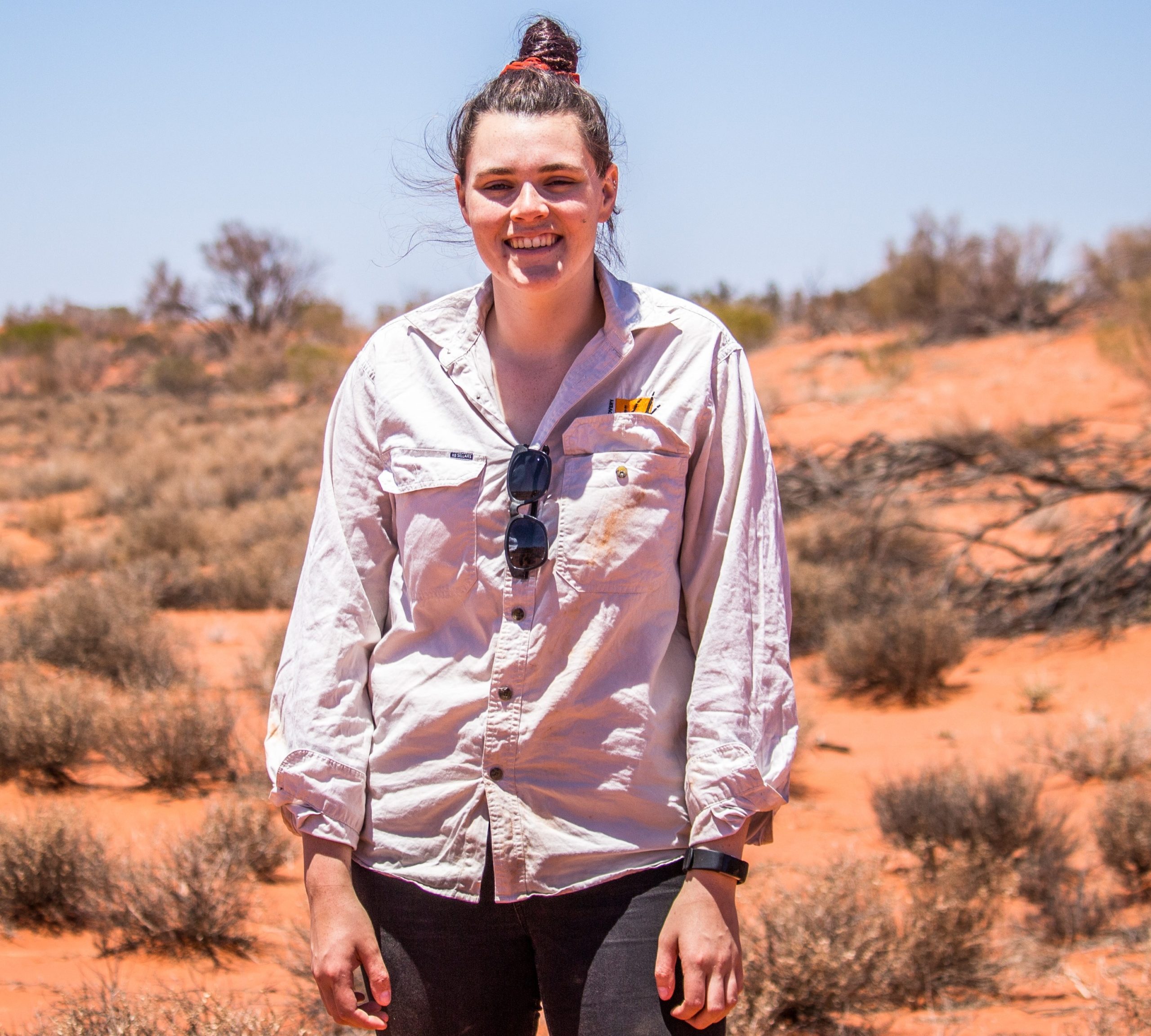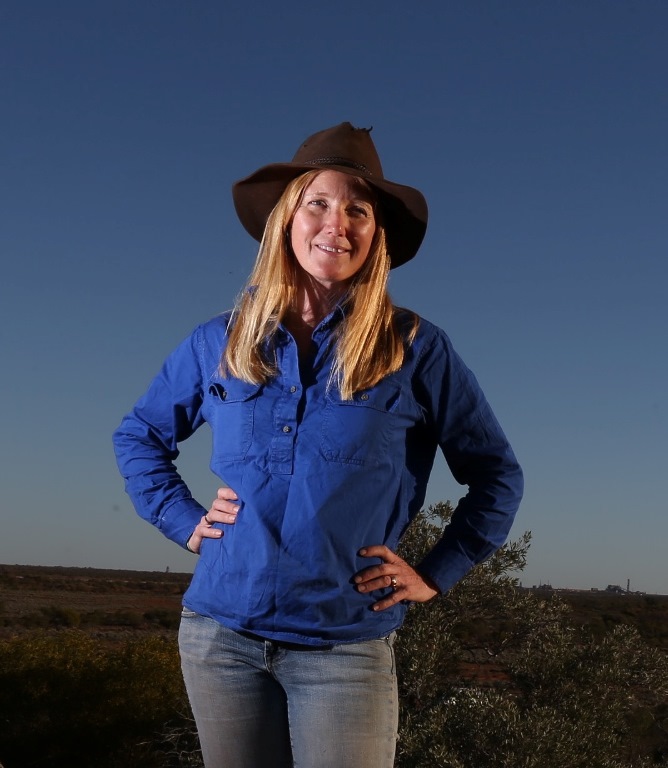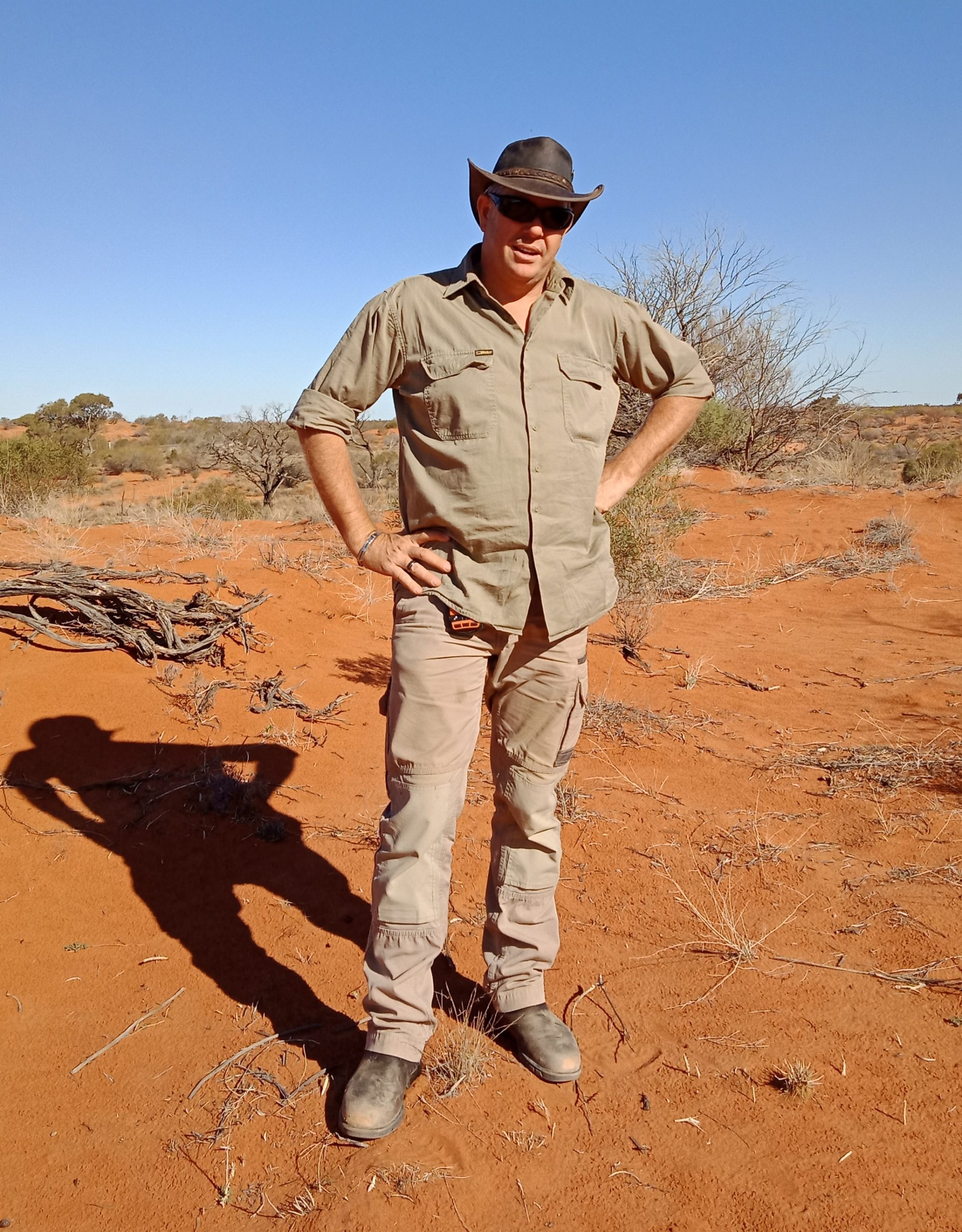Another year, another annual pitfall trapping session done and dusted! With the weather in Roxby Down’s deciding it was the perfect time to try and mimic the core temperature of the sun, this year’s session was delayed and went for 4 consecutive days instead of the usual 5 due to the risk trapping in extreme heat can pose to our unique animals. Nevertheless, our group of enthusiastic volunteers and dedicated staff members kept themselves busy with other work through the delays and on Tuesday the 5th of March, 4 days after the initial planned start date, we were able to begin the session.
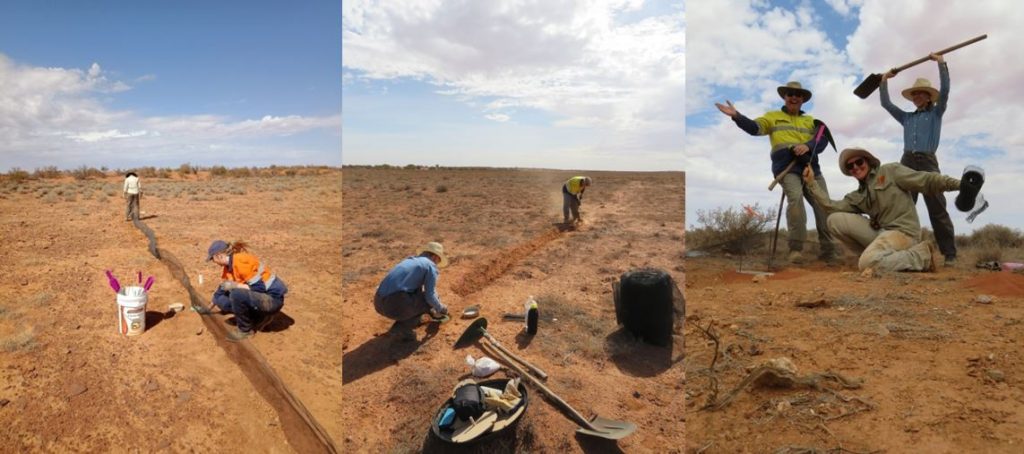
Each year we alternate between dune and swale sites, both inside and outside the reserve. This year was the year of the swale. The first morning consisted of us digging trenches and erecting low fence-lines running through the middle of our pitfall traps. As we were on the swale we often hit hard rock and clay while digging but luckily for us the pitfall traps themselves were already dug in from previous years. Newly improved false floors were used in the bottom of pits for the second year in a row as a way to provide small reptiles a place to hide from any peckish mammals that were also caught.
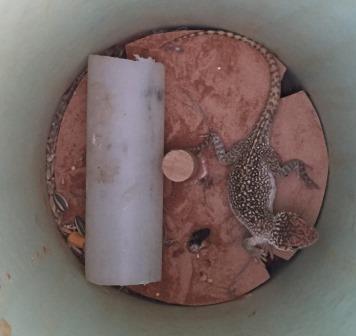
Once set-up was complete, each site was checked for all animals and invertebrates in the early hours of the morning and late in the afternoon as the sun was setting. Each individual animal caught in the traps was placed into his (or her) own carefully labelled catch bag and transported back to the lab for processing.

The animals are the star of the show back at the lab, with each individual identified, weighed, measured and photographed. After being processed, the animals are kept safely and comfortably in the lab until evening where they are then released back at the same site they were captured at.

The data collected from these trapping sessions each year is extremely important as it provides Arid Recovery with accurate long-term data. This year’s data was of particular interest to Arid Recovery to see the effects the lack of rain and hot summer may have had on the abundance and diversity of the small mammals and reptiles found inside and outside the reserve.

This year we caught and released a total of 149 animals consisting of 17 species of reptiles (126 individuals) and 4 species of mammals (23 individuals). Excitingly this year we saw a reappearance of the native Bolam’s Mouse (Pseudomys bolami), which hasn’t been seen at the reserve since 2016! We captured 2 individual Bolam’s mice, however our most common mammal was the Stripe-faced Dunnart (Sminthopsis macroura) with 13 captures. The most common reptile was the Royal Ctenotus (Ctenotus regius) with 23 captures. We also caught a grand total of 153 invertebrates consisting mainly of our eight-legged spider friends.

This survey would not have been possible without the commitment of staff and volunteers. This year we had 16 people contribute to the trapping session including staff from Arid Recovery, Mulligans Flat Woodland Sanctuary, BHP Olympic Dam, RoxFM and volunteers from Roxby Downs and Adelaide. Arid Recovery would like to say a huge thank-you to all of those who gave up their time to help us complete another successful annual trapping session and we hope you enjoyed your time with us!
